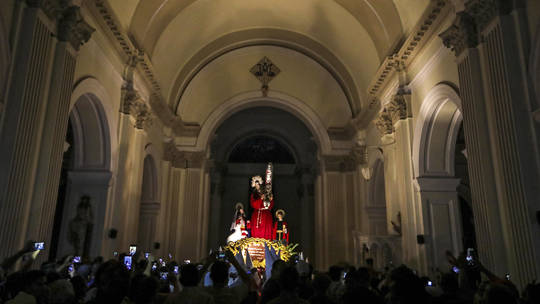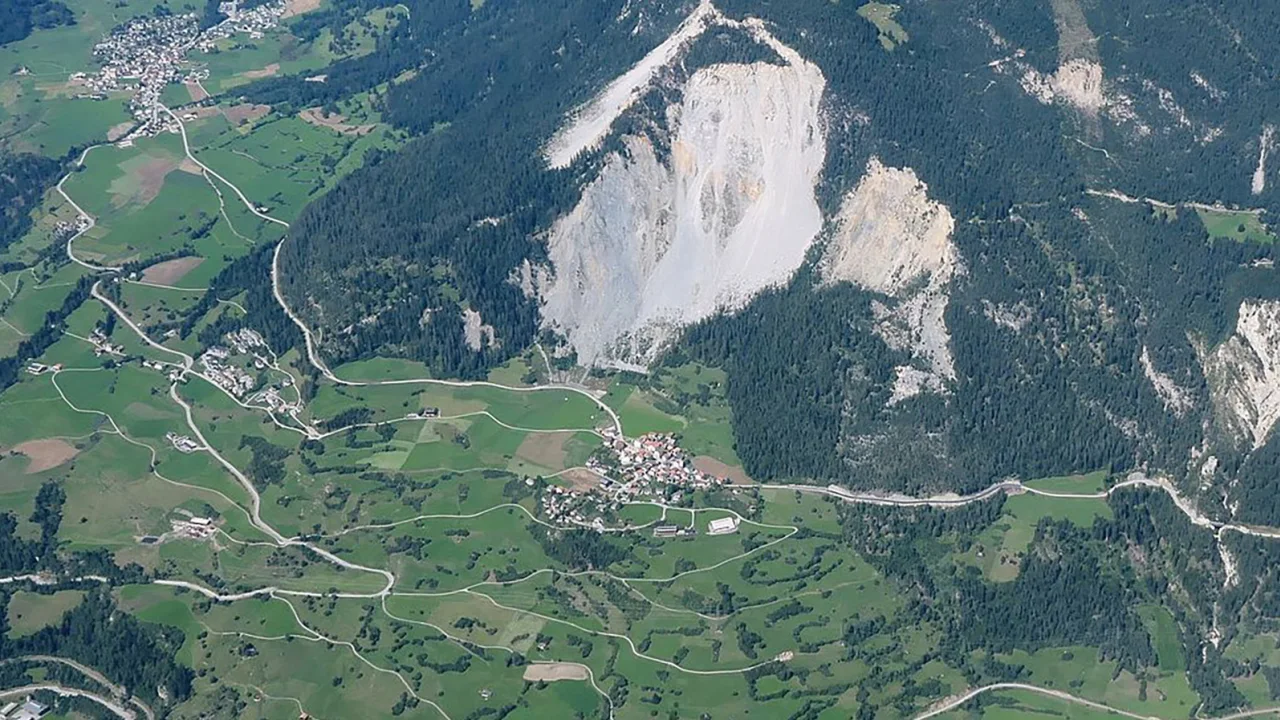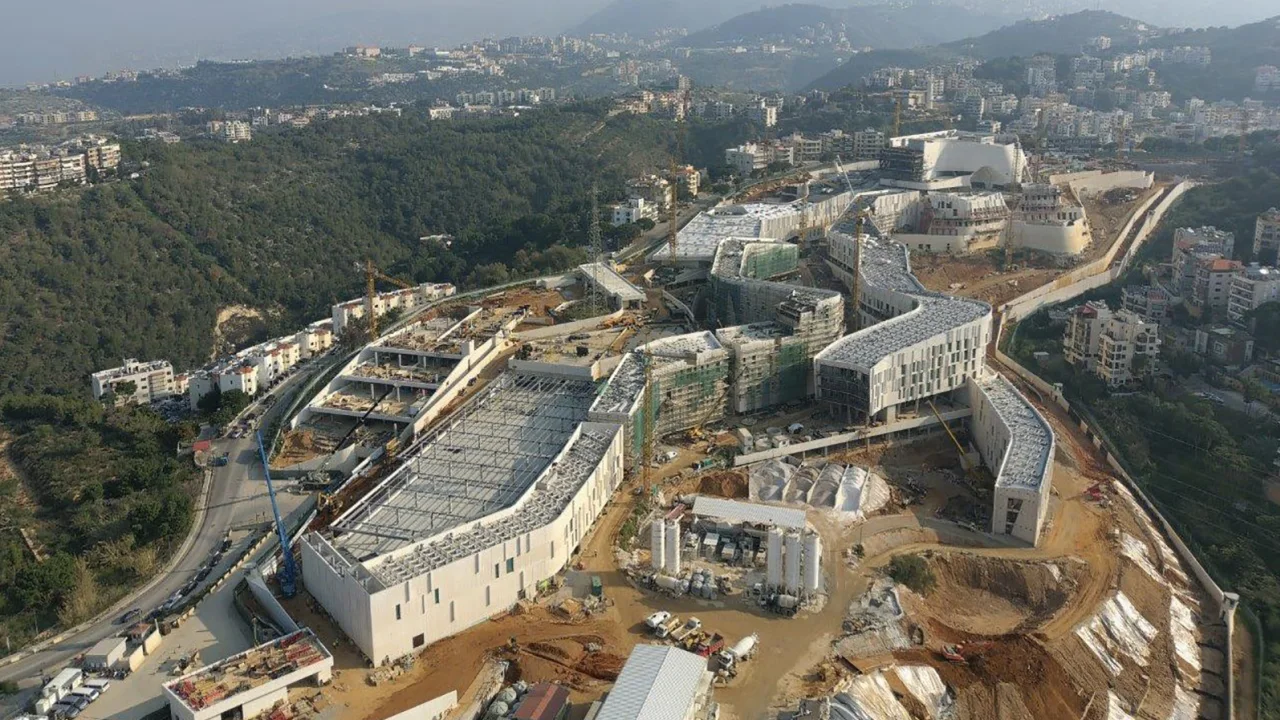A hitherto unknown fossil deposit in Wales has been unearthed, revealing early living forms.
May 1, 2023Tweet

The Castle Bank fossil site near Llandrindod Wells in Powys is remarkable because of the time period it captures and because the fossils show soft tissue such as eyes, nerves, the gut and brain that are preserved as films of carbon in mudstone. Joseph Botting, study author and honorary research fellow at Amgueddfa Cymru Museum Wales, had first spotted a sponge at the site in 2013 and collected some similar fossils over the years. In April 2020, with time afforded by a Covid-19 lockdown, he went back to the fossil site and discovered a piece of rock “which had things with tentacles in.” He had never conducted an in-depth study on the site before. The most important details in this text are that the fossils from Castle Bank date from a period of time known as the Ordovician when life was becoming more complex. Most of the 170 animals discovered so far from the fossil site were tiny (1-5 millimeters) and many were either completely soft-bodied when alive or had a tough skin or exoskeleton.
The majority appear to be completely unknown species. Lucy Muir, study coauthor and honorary research fellow at Amgueddfa Cymru Museum Wales, said that Castle Bank is a unique site of the same age, and that a crowdfunding project to buy microscopy equipment helped them identify the animals.
Comments
Related news

In a country in Central America, the Vatican embassy has closed.
Read more
Turkey's high-stakes election has begun.
Read more
Waterboarding was used during The Troubles, a UK court has ruled.
Read more
Russia has been unable to be isolated, according to an EU member
Read more
China has six navy warships and 38 aeroplanes in the area near Taiwan.
Read more
Sudan's truce has been extended while fighting continue.
Read more
Evacuations have been called as a boulder teeters over a Swiss town.
Read more
A large new US embassy in a small Middle Eastern country has raised concerns.
Read more
US banks should disclose significant deposit losses - Bloomberg
Read more